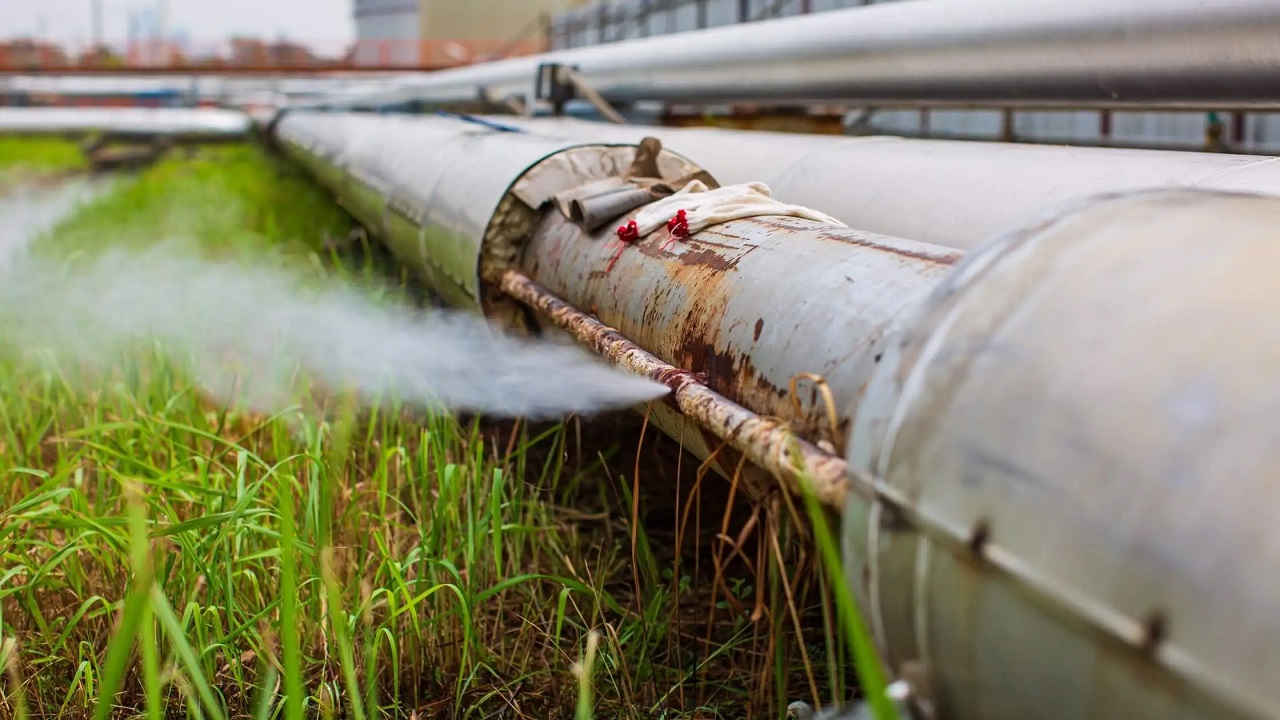Pipeline safety is very important especially when moving oil and gas through pipelines mainly because of the effect of any leakage. With the ever-increasing energy demand, it becomes necessary to have high technology to secure the pipeline infrastructure. In this article, the author discusses the modern trends in leak detection technologies Pipeline Transport In Oil And Gas, and their significance for the protection of the environment and people’s lives.
The Importance of Leak Detection
Oil and gas pipeline leakage is one of the biggest threats to the environment, economy, and human life. When these materials leak, they pollute the ground, water, and air and the effects are long-term. Besides, a leak costs a fortune to clean up, attracts fines from the regulator, and perhaps damages customer confidence. Leak detection systems are therefore important. Not only do they aid in soon detection of leaks, but they also aid in avoiding mishaps before they turn into mishaps.
Conventional and Modern Techniques of Detection
Traditionally, leak detection techniques involved the use of pressure surveys, flow rate measurements, and visual checks. This was due to various causes such as while these methods prevent larger explosions, they could not capture minor leaks or leaks that took a long time. Therefore, the industry has moved to higher technologies that enable monitoring of the process in real-time and with higher accuracy.
Fiber Optic Sensors
Fiber optic sensors are one of the biggest developments seen in detecting leaks. These sensors, which may be positioned along the pipeline, can detect vibrations and temperature changes that might be signs of leakage. These systems work on the assumption that abnormalities that can indicate a leak can be found by analyzing the light that has been passed over a fiber optic line. This technology is quite useful as it provides sustained observation of large areas of interest at a great distance while maintaining high sensitivity.
Auditory Sensors
Organizations are using acoustic leak detection systems that use sound waves to detect leaks. Whenever there is a leak, it produces a different sound that can be captured by installing auditory sensors on the pipeline. These systems use the intensity and frequency of the noises to find the location and degree of leakage respectively. Depending on the degree of noise, audio sensors may provide excellent results and are sometimes employed in combination with other approaches for higher reliability.
Mass Balance Techniques
Mass balance methods include the tracking of the flow of materials into and out of a pipeline system. Such a system can be used to compare the amount of product that comes into the pipeline with the one that is moving out of the pipeline, this way if there is leakage this will be seen. This method is especially effective in large and complicated environments where other approaches may not be effective. The use of sophisticated software algorithms in the calculation of mass balance makes it a credible method of leak detection.
Smart Pigging Technology
Smart pigging is a technique where small instruments called pigs run inside the pipeline to inspect the pipeline system for malformations. These tools have incorporated gadgets for thickness measurements of the walls, and identification of any rusting or presence of any leak. Sophisticated pigs can offer specific information about the state of the pipeline so that the operators can evaluate possible threats in advance. Smart pigging inspections are very useful, and they play a major role in the safety of pipelines.
The Role of Artificial Intelligence
AI is becoming more prominent in leak detection technologies as well. Machine learning algorithms can make use of the large amount of data collected by various sensors to analyze them for form patterns and abnormalities that could likely be a sign of leakage. It can also identify areas of likely failure from previous data and allow operators to fix weaknesses that could cause leaks.
Risk Management Regulatory Compliance and Industry Standard
The growth of technology also brings the growth of the regulatory standards that are put in place. National and international governments and industries are putting in place more rigorous measures for leak detection and pipelines. Several technologically enhanced processes are also useful in detecting leakage not only to meet these requirements but also to enhance a corporate culture towards safe and sensitive environmental standards.
Conclusion
Leak detection technologies in conjunction with other technologies for the pipeline industry in the oil and gas sector are crucial in the safety of pipelines and the safety of the environment. When conventional approaches are no longer sufficient, technologies like fiber optic sensors, acoustic sensors, mass balance approaches, and smart pigs are emerging as better solutions. The incorporation of artificial intelligence in these technologies makes them vital in the current pipeline management. Using sophisticated leak detection, the industry will be able to prevent leaks hence safe and efficient transportation of important energy products.


